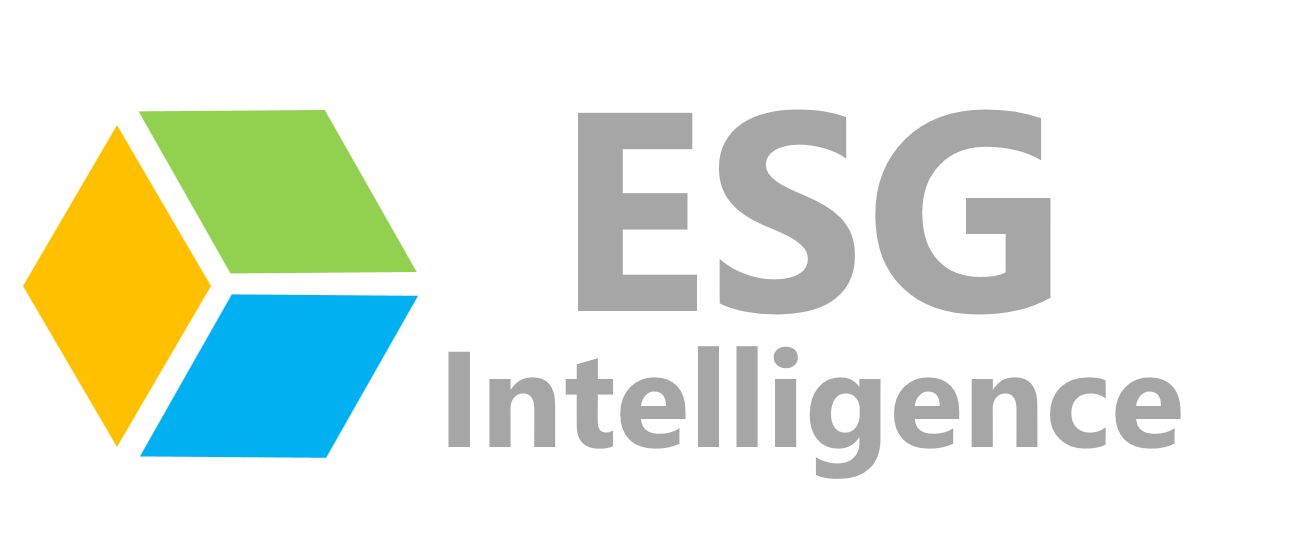What is Computer Vision?
Computer Vision is a field of artificial intelligence that deals with the development of algorithms, models, and systems that can process and understand visual information from the world. It aims to enable machines to interpret and understand the visual world in the same way that humans do. The field of computer vision is rapidly advancing, and new applications are being discovered as the technology continues to improve.
Popular Computer Vision Use Cases
Image recognition: Identifying objects, people, or scenes in digital images, such as face recognition or object detection in self-driving cars. There are many companies that are using image recognition technology for sustainability in various industries.
Video analysis: Tracking and analyzing movements and actions in videos, such as surveillance cameras or sports analysis.
Augmented Reality: Superimposing computer-generated images over real-world views, such as in mobile apps and video games.
Medical image analysis: Identifying and diagnosing diseases, such as cancer and tumors by analyzing medical images such as X-rays and CT scans.
Industrial automation: Monitoring and controlling industrial processes using cameras, such as in manufacturing and quality control.
How Computer Vision drives Sustainability?
Improve recycling and waste management: Using cameras and machine learning algorithms to identify and sort different types of waste, such as recyclable materials, organic waste, and hazardous waste.
Improve crop yields and reduce water usage: Using cameras and machine learning algorithms to analyze images of crops and identify issues such as pests, disease, and irrigation requirements.
Monitor fish health in Aquaculture: Using cameras and machine learning algorithms to monitor fish health, growth and sustainability to improve yields.
Improve safety profile of autonomous vehicles: Using cameras and sensor data to analyze the surrounding environment and make decisions about the vehicle’s movements, with the ultimate goal of improving the safety profile of the vehicle by reducing the number of accidents and reducing traffic congestion.
Improve efficiency and safety of construction sites: Using cameras and machine learning algorithms to monitor the progress of construction projects and identify potential issues such as structural damage or unsafe working conditions.
Optimize energy consumption: Using machine learning and computer vision to analyze video data from cameras and sensors to optimize energy consumption, reduce emissions and improve safety in transportation sector.
Sustainable manufacturing operations: Using computer vision and machine learning to analyze video data from cameras and sensors in manufacturing plants to optimize production processes, reduce waste, and improve energy efficiency.
Reduce use of X-ray films and dyes: Medical image analysis using computer vision can promote digital imaging in healthcare sector, reducing the requirement of X-ray films, dyes and chmicals used in imaging procedures.
